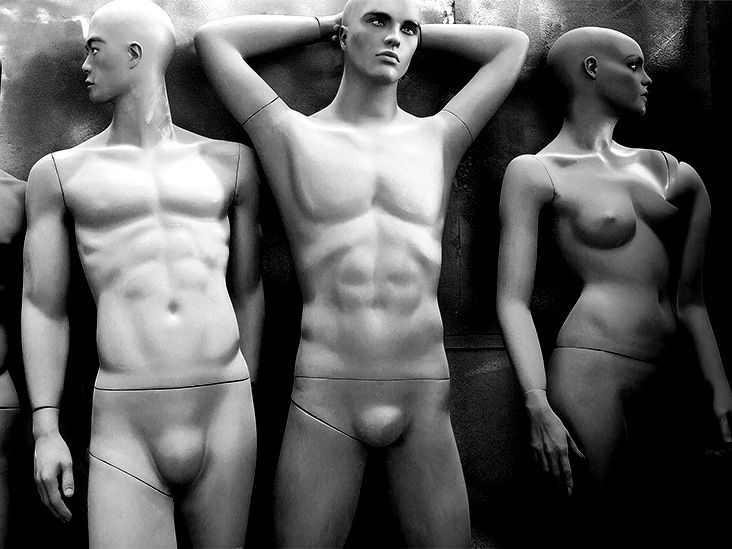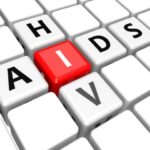The
The reproductive system also enables sexual function and produces hormones that allow sexual development and support pregnancy.
The following outlines aspects of the female reproductive system, including the internal and external organs, the menstrual cycle, the egg, and reproductive hormones.
External organs
The external organs of the female reproductive system
- Vulva: This is the collective term for the external structures in the female reproductive system.
- Mons pubis: This is a mound of fatty tissue covering the pubic bone. It provides cushioning during sex and has glands that release pheromones.
- Labia majora: These are folds of skin covering the other external genitals.
- Labia minora: These are folds of skin within the labia majora, surrounding the vaginal opening.
- Clitoris: The clitoris is a sex organ consisting of erectile tissue that is sensitive to arousal and stimulation.
- Urethra opening: The urethra is a tube connecting the bladder to the outer body that allows urine to leave the body.
Internal organs
The internal organs of the female reproductive system
- Vagina: The vagina is a flexible, muscular tube that connects to the cervix and expands during arousal.
- Cervix: The cervix sits between the vagina and uterus. It allows menstrual blood to pass out and semen to enter. The cervix expands during childbirth.
- Uterus: The uterus is a hollow, muscular organ. During pregnancy, a fetus develops in the uterus.
- Ovaries: The ovaries hold eggs and produce the female reproductive hormones estrogen and progesterone. These hormones support the sexual development of the body and prepare the uterus for pregnancy.
- Fallopian tubes: The fallopian tubes transport eggs from the ovaries to the uterus. Sperm travels through the fallopian tubes in order to fertilize an egg.
Menstrual cycle
The menstrual cycle is a monthly cycle of the female reproductive system to prepare for pregnancy.
Throughout the cycle, hormones such as estrogen and progesterone fluctuate, which can cause a range of symptoms.
Around
The egg
The ovaries contain immature eggs, of which a few mature each month. During ovulation, a mature egg travels toward the uterus through the fallopian tubes. During reproduction, fertilization occurs when a sperm cell joins with an egg.
As females age, the number of eggs reduces. According to the British Fertility Society, the number of eggs a female typically has throughout a lifetime is as follows:
- around 2 million eggs at birth
- around 400,000 in adolescence
- around 25,000 at age 37 years
- around 1,000 eggs at age 51 years, although these are no longer fertile
Female reproductive hormones
Key hormones in regulating the female reproductive system are:
These hormones form part of the monthly reproductive cycle, which begins with first menstruation and ends at menopause.
The following outlines aspects of the male reproductive system, including the internal and external organs, the sperm, and reproductive hormones.
Organs
Organs of the male reproductive system
- Penis: The penis contains the urethra, a tube which carries urine and semen out of the body. The penis contains erectile tissue and fills with blood to become erect during arousal.
- Testicles: The testicles are the male sex organs that produce sperm. The scrotum is the sac that contains the testicles.
- Prostate: The prostate is a gland that produces fluid that makes up part of semen.
- Epididymis: The epididymis is a coiled tube that attaches to the testicles. Sperm cells from the testicles move to the epididymis to mature.
- Seminal vesicles: The seminal vesicles are two glands that release a fluid that provides sperm cells with energy to move.
- Vas deferens: The vas deferens is a tube that transports the sperm out of the testicles in order to leave the body.
Sperm
The testicles produce sperm, which then travels to the epididymis. Sperm takes around
To reproduce, semen enters the vagina in order for sperm to join with and fertilize an egg.
Male reproductive hormones
The testicles produce male reproductive hormones.
Key hormones in regulating the male reproductive system are:
- follicle-stimulating hormone (FSH), for the development of sperm cells
- luteinizing hormone (LH), for testosterone production
- testosterone, for sperm cell and sexual development
Testosterone is the main male sex hormone. Testosterone is responsible for sexual development and function.
FSH and LH are
If people have symptoms or concerns relating to the reproductive system, they can contact a doctor who may refer people to a specialist.
A gynecologist specializes in female reproductive health, while a urologist specializes in male reproductive health.
Sexual health clinics can also help with problems relating to sexual health and well-being. If physical problems are also affecting mental health, talking with a therapist or counselor may help.





